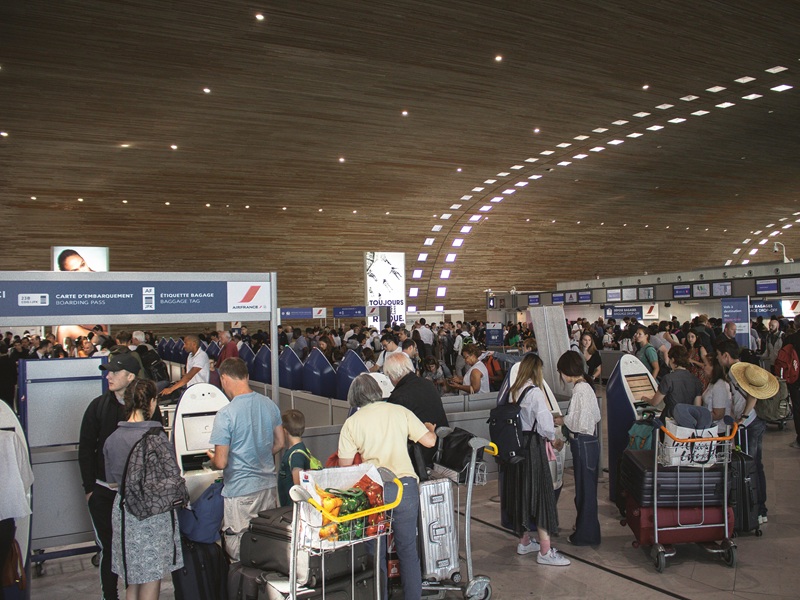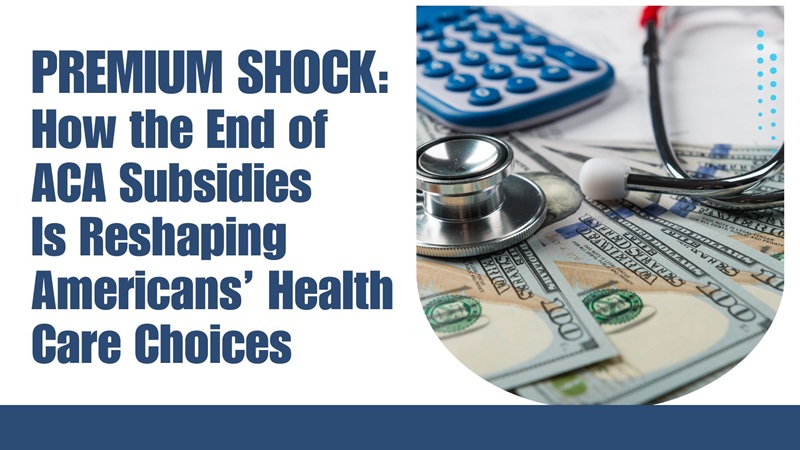No Surprises Needed TSA and travel rules every traveler with prescriptions needs to know before flying!
Traveling with medications shouldn’t feel like a gamble, yet so many people run into problems at the airport. Confusing rules, outdated advice, and overlooked details can leave even the most prepared travelers stressed and unprotected. Let’s break down the essentials so you can fly smarter and safer.
Lisa’s Honeymoon Mishap
Lisa spent months planning her dream trip to Italy. She packed her medicines, checked her prescriptions, and confirmed her travel insurance. Everything seemed perfect—until she arrived at airport security.
Her insulin pens were flagged for being too big, her glucometer caused extra screening, and her sharps kit led to a long delay. By the time she reached the gate, she no longer had access to her life-saving medication—on a 10-hour flight.
Later, Lisa told me: “I researched everything except the real TSA rules.”
Her story isn’t rare, and it’s why I’m so passionate about making sure you know the facts.
Travel Medications & Vaccines: Timing Is Everything
Travel vaccines aren’t something you can squeeze in at the last second—they need time to work.
-
Start early: Many vaccines take 2–4 weeks for full protection.
-
Plan for multiple doses: Hepatitis A and B vaccines are given weeks apart.
-
Check for interactions: Always bring a full medication list when you visit a travel doctor or pharmacist.
If you’re short on time, don’t skip it altogether. Even last-minute vaccines or preventive advice can still help. Some protection is better than none.
TSA Rules You Actually Need to Know
Medication rules often sound scarier than they really are. Here’s what the TSA actually allows:
-
Prescription medications: Permitted in your carry-on. Keep them labeled in their original containers if possible.
-
Liquids over 3.4 ounces: Allowed for medications, as long as you tell TSA during screening.
-
Diabetes supplies, inhalers, refrigerated meds: All permitted. Bring ice or gel packs if needed.
-
Documentation: Carry a doctor’s letter for controlled meds, copies of prescription labels, and an ID that matches.
-
Never check critical meds: Keep what you need with you in your carry-on.
-
Pack extra doses: Delays and lost luggage happen—always have a cushion.
When Lisa applied these real rules on her next trip, she breezed through security without stress—and without missing her medicine.
Leadership Lens: Mentoring Future Pharmacists
Beyond travel itself, experiences like Lisa’s remind me why mentoring matters. This past summer, I worked with three pharmacy students, and it was amazing to watch their confidence grow.
Leading them taught me a few lessons worth sharing:
-
Start with observation and simple responsibilities before building up.
-
Frame mistakes as growth opportunities.
-
Give meaningful projects that really matter.
-
Celebrate both small and big wins.
Confidence doesn’t just come from knowledge—it comes from knowing someone has your back.
Reader Corner: Your TSA Medication Questions
Q: What medications can I actually bring on a plane?
A: Almost anything your doctor prescribes, if you follow a few steps:
-
Keep them in your carry-on, not checked luggage.
-
Declare liquids greater than 3.4 oz.
-
Carry prescriptions and (if needed) a doctor’s note for controlled meds.
-
Always bring more than you think you’ll need.
Poll: What’s your #1 travel worry with medications?
☐ TSA delays
☐ Keeping meds cool or safe
☐ Changing time zones
☐ Finding a pharmacy abroad
☐ Insurance issues
[Click here to vote!] (insert poll block)
Stories like Lisa’s are a reminder: preparation isn’t just about packing—it’s about knowledge. Whether you’re traveling abroad or mentoring the next generation, the right rules, tools, and encouragement make all the difference.
Stay healthy and safe on your travels,
Dr. Lee

Medical Disclaimer: This newsletter gives general health info, not medical advice. Always talk to your own provider before making changes.








